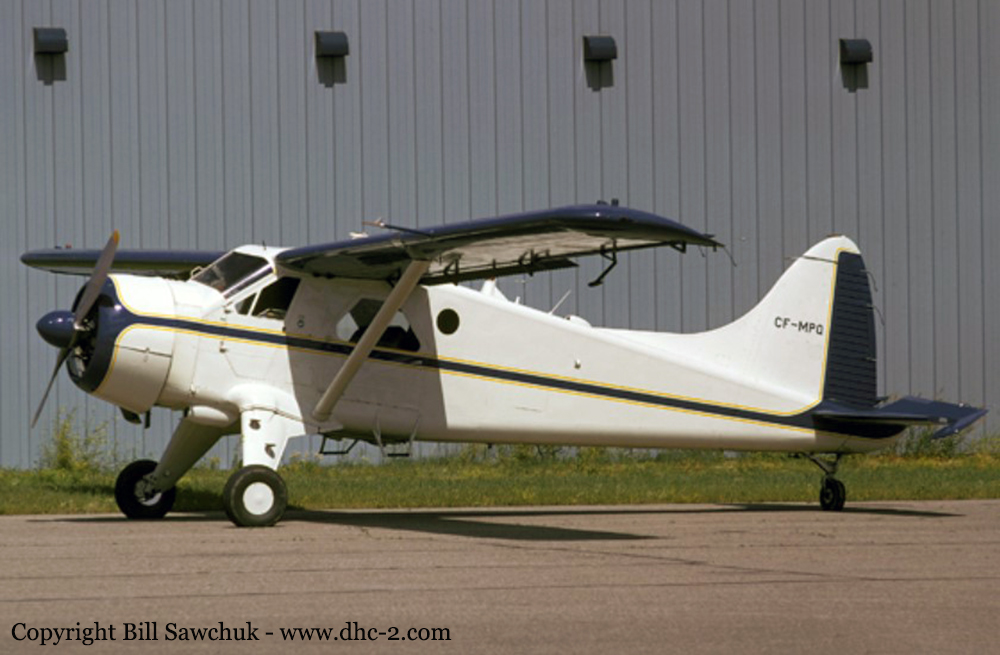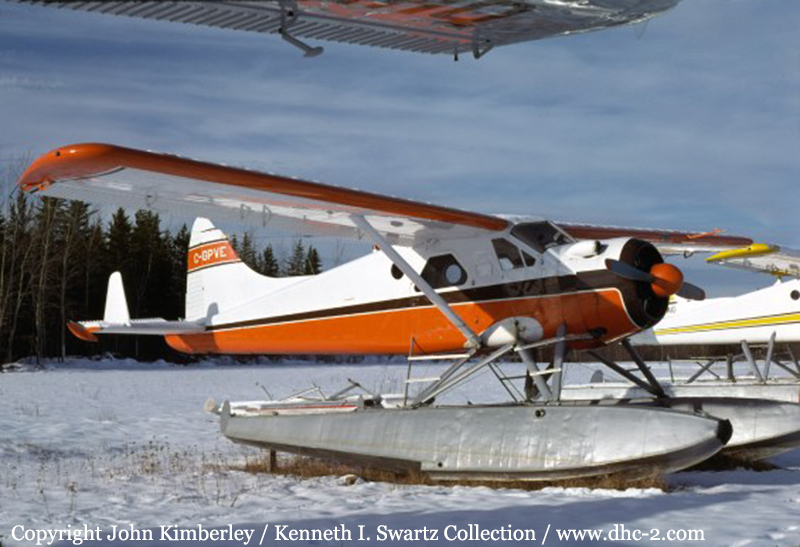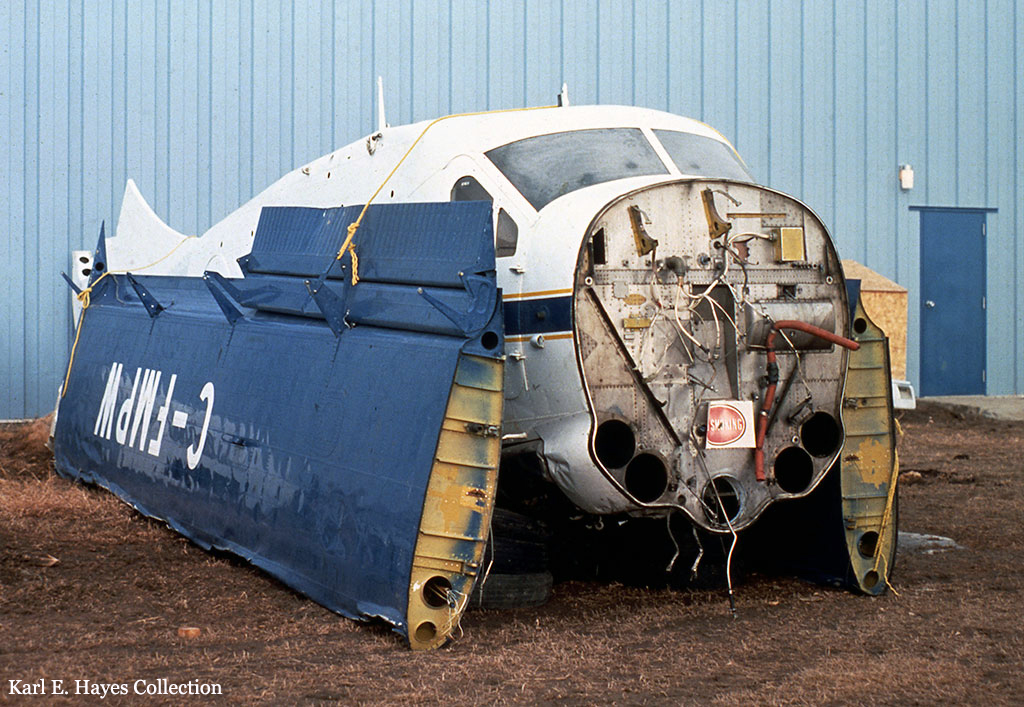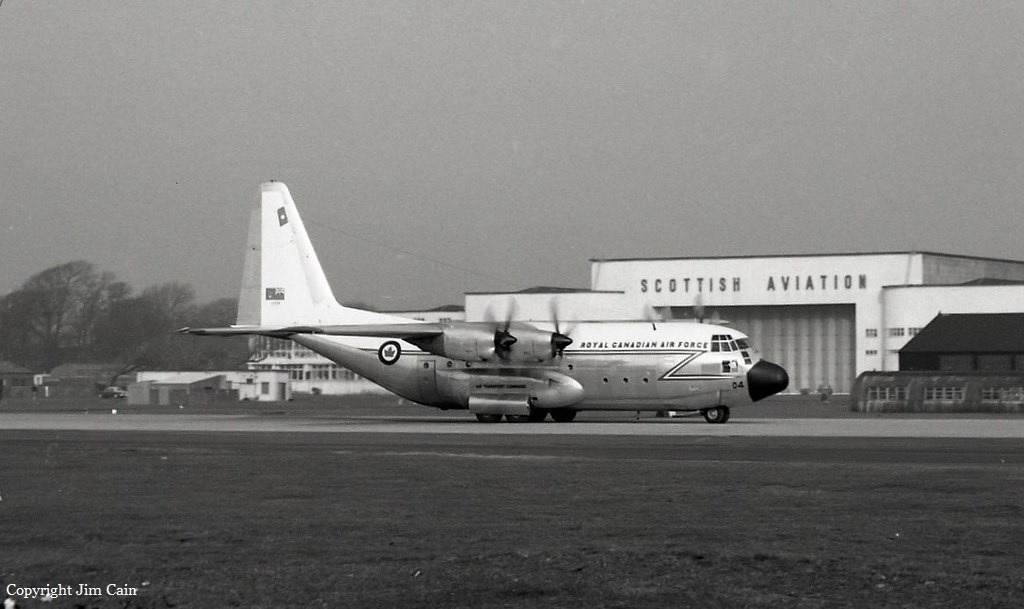Crash of a De Havilland DHC-2 Beaver in Wollaston Lake: 4 killed
Date & Time:
Jan 8, 1986 at 1300 LT
Registration:
C-FMPQ
Survivors:
No
Schedule:
Wollaston Lake - La Ronge
MSN:
1604
YOM:
1965
Crew on board:
2
Crew fatalities:
Pax on board:
2
Pax fatalities:
Other fatalities:
Total fatalities:
4
Captain / Total hours on type:
500.00
Circumstances:
The aircraft departed the Welcome Bay ice strip at Wollaston Lake, Saskatchewan. This was the second leg of a flight that originated at La Ronge, Saskatchewan. On board were two Royal Canadian Mounted Police (RCMP) pilots, another member of the force, and an inspector from the Saskatchewan Department of Public Works. Witnesses stated that the aircraft took off normally, levelled momentarily, then climbed steeply into cloud Moments later, they heard the engine noise increase abruptly, then decrease rapidly, followed by a sound similar to a backfire. When the aircraft reappeared, it was in a steep, nose down, right-wing-low attitude. It crashed on the ice, one mile north of Welcome Bay; all four occupants sustained fatal injuries.
Probable cause:
The following findings were reported:
- Aircraft control was lost for undetermined reasons.
- The pilot departed Wollaston Lake into known icing conditions in an aircraft that was not certified for flight into such conditions.
- There was no evidence of any airframe failure or system malfunction prior to or during the flight.
- The flight crew was certified and qualified for the flight in accordance with existing regulations.
- The aircraft was certified, equipped, and maintained in accordance with existing regulations and approved procedures.
- The aircraft's weight and centre of gravity were within the prescribed limits.
- Aircraft control was lost for undetermined reasons.
- The pilot departed Wollaston Lake into known icing conditions in an aircraft that was not certified for flight into such conditions.
- There was no evidence of any airframe failure or system malfunction prior to or during the flight.
- The flight crew was certified and qualified for the flight in accordance with existing regulations.
- The aircraft was certified, equipped, and maintained in accordance with existing regulations and approved procedures.
- The aircraft's weight and centre of gravity were within the prescribed limits.







